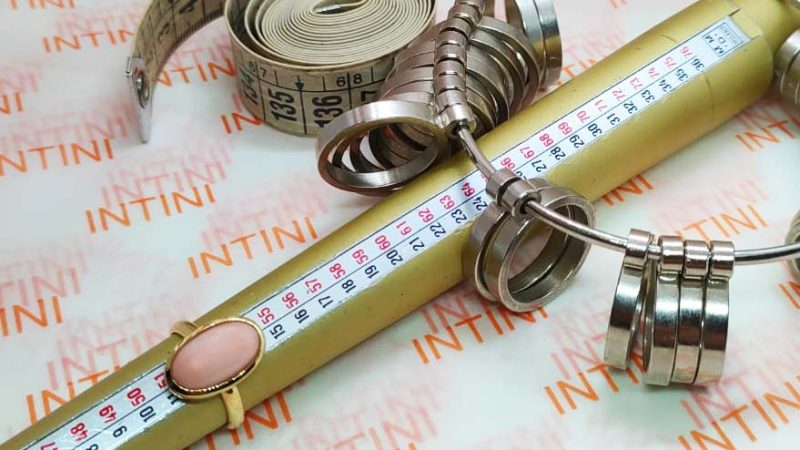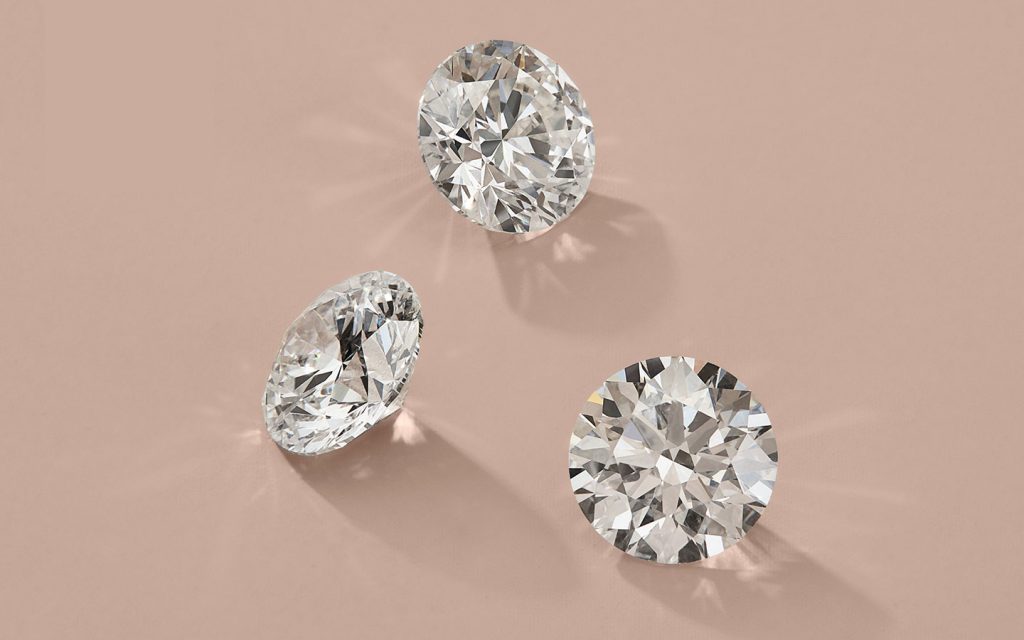Understanding Ring Size Charts: A Comprehensive Guide to Finding Your Perfect Fit

When it comes to buying rings, whether for engagement, wedding, or just as a fashion statement, getting the right size is crucial. A ring that’s too tight can be uncomfortable, while a ring that’s too loose can easily slip off and get lost. This is where ring size chart come into play. In this article, we’ll explore what ring size charts are, how to use them, and some useful tips to ensure you find the perfect fit.
What is a Ring Size Chart?
A ring size chart is a guide that helps you determine your ring size based on specific measurements. These charts typically display a range of ring sizes and corresponding measurements in millimeters or inches. The measurements are often taken from the inner circumference or inner diameter of the ring, allowing you to identify the size that fits you best.
Understanding Ring Size Measurements
The most common measurements used to determine ring size are:
- Inner Diameter: The distance across the inside of the ring, from one edge to the other.
- Inner Circumference: The total distance around the inside of the ring.
These measurements can be converted into standard ring sizes, which differ by region. In the United States, ring sizes are typically given in whole and half numbers, ranging from about 3 to 13 for women and from 7 to 15 for men. In Europe and other countries, ring sizes may be denoted by a different scale, using letters or a numerical system.
How to Use a Ring Size Chart
To use a ring size chart, follow these steps:
- Measure Your Finger: You can use a strip of paper, a piece of string, or a flexible measuring tape to measure the circumference of your finger. Wrap it around the base of your finger, mark where it overlaps, and then measure the length with a ruler.
- Check the Chart: Match your measurement to the corresponding size on the ring size chart. Many online retailers and jewelers provide these charts, often with clear instructions on how to use them.
- Consider Your Knuckle: If your knuckle is significantly larger than the base of your finger, you may need to measure both the base and the knuckle lab made diamonds, then choose a size in between.
Tips for Accurate Sizing
- Measure at the Right Time: Your finger size can vary throughout the day due to temperature, humidity, and other factors. Measure your finger in the evening when it’s at its largest.
- Consider the Ring Style: Wider bands may require a slightly larger size, as they tend to fit more snugly.
- Try a Ring Sizer: If you’re unsure about your measurements, you can use a ring sizer tool, which is often available at jewelry stores or online.
Conclusion
Finding the perfect ring size doesn’t have to be a daunting task. With a reliable ring size chart and the right tools, you can ensure a comfortable and secure fit. Remember to consider your personal preferences and unique features, such as your knuckle size and ring style, when determining your ideal size. With these tips, you’re well on your way to finding the perfect ring that fits like a dream.

